The pneumatic system used to drive off free moisture in seconds.
Flash Dryer
Elevated drying temperatures can be used with many products since the flashing off of surface moisture instantly cools the drying gas without appreciably increasing the product temperature which may damage its quality.
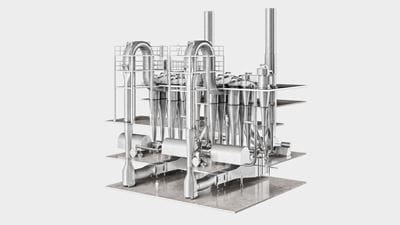
Flash Drying Process
Wet material is dispersed into a stream of heated air (or gas) which conveys it through a drying duct. Using the heat from the airstream, the material dries as it is conveyed. Product is separated using cyclones, and/or bag filters. Typically, cyclones are followed by scrubbers or bag filters for final cleaning of the exhaust gases to meet current emission requirements.
For even greater thermal efficiency and where inertization is required, recycling of exhaust gases can be used. This partial gas recycle (PGR) configuration can be implemented on all our airstream drying systems as well as retrofitted on customer's existing drying operations.
Flash dryers have been used to dry products in many industries including agrifood, chemical, mineral. A broad range of feed materials including powders, cakes, granules, flakes, pastes, gels, and slurries can be processed. For slurries, pastes, or sticky materials, backmixing of the wet feed with a portion of dry product to produce a suitable conditioned material is required.
Pneumatic Cooler Conveyor
Pneumatic coolers are a simple and reliable method of cooling and conveying dried product. In many instances ambient air will achieve the desired cooling duty. Where required, greater cooling capacity and a finer degree of control can be achieved with conditioned air at a controlled humidity and temperature.
Features
- Short residence time
- A buffer hopper or back-mixing system if required
- Can be designed for open circuit or partial gas recycle
- Can be designed for operation in an inert atmosphere
- Simple system with few moving parts
Benefits
- Promotes product quality
- Flexibility to work with different dewatering systems and to enable use with friable and non-friable wet feeds
- Enables energy savings and system integration
- Suitable for operation with solvent and recovery thereof
- Cost effective and reliable with low maintenance and cleaning requirements - good for regular grade changes
Process Flow Diagram
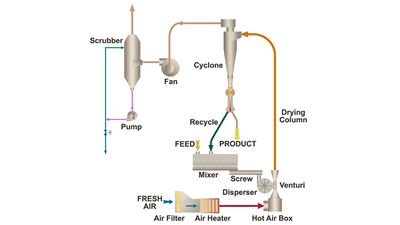
Downloads
Related Products
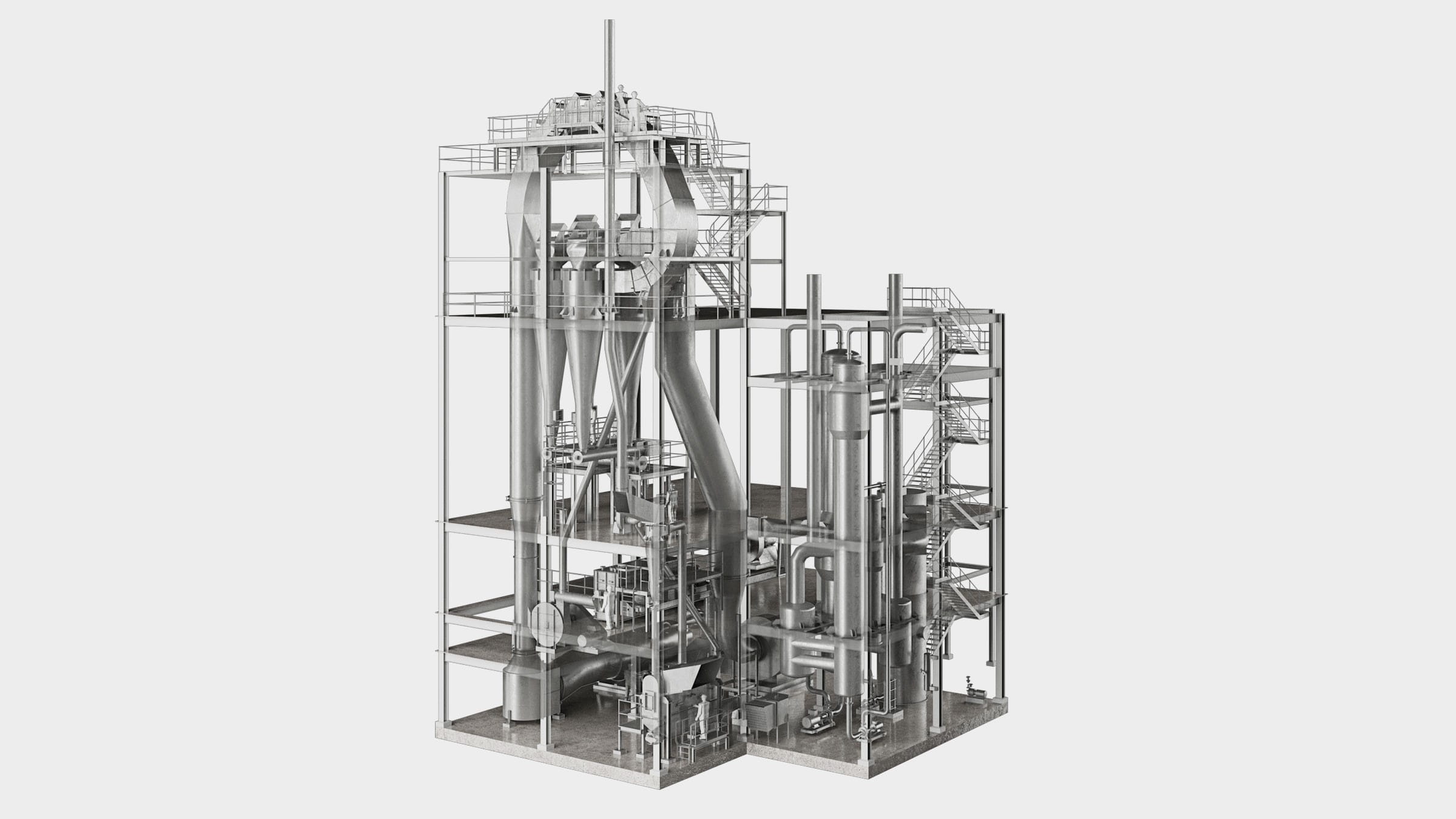
Feed-Type Ring Dryer
The Feed-Type Ring Dryer incorporates a top bend and simplified manifold, with the heavier material recycled via a chute into the wet feed disperser. The Feed-Type Ring Dryer is used for waste products, sludges, animal feeds, organic fertilizers and chemicals.
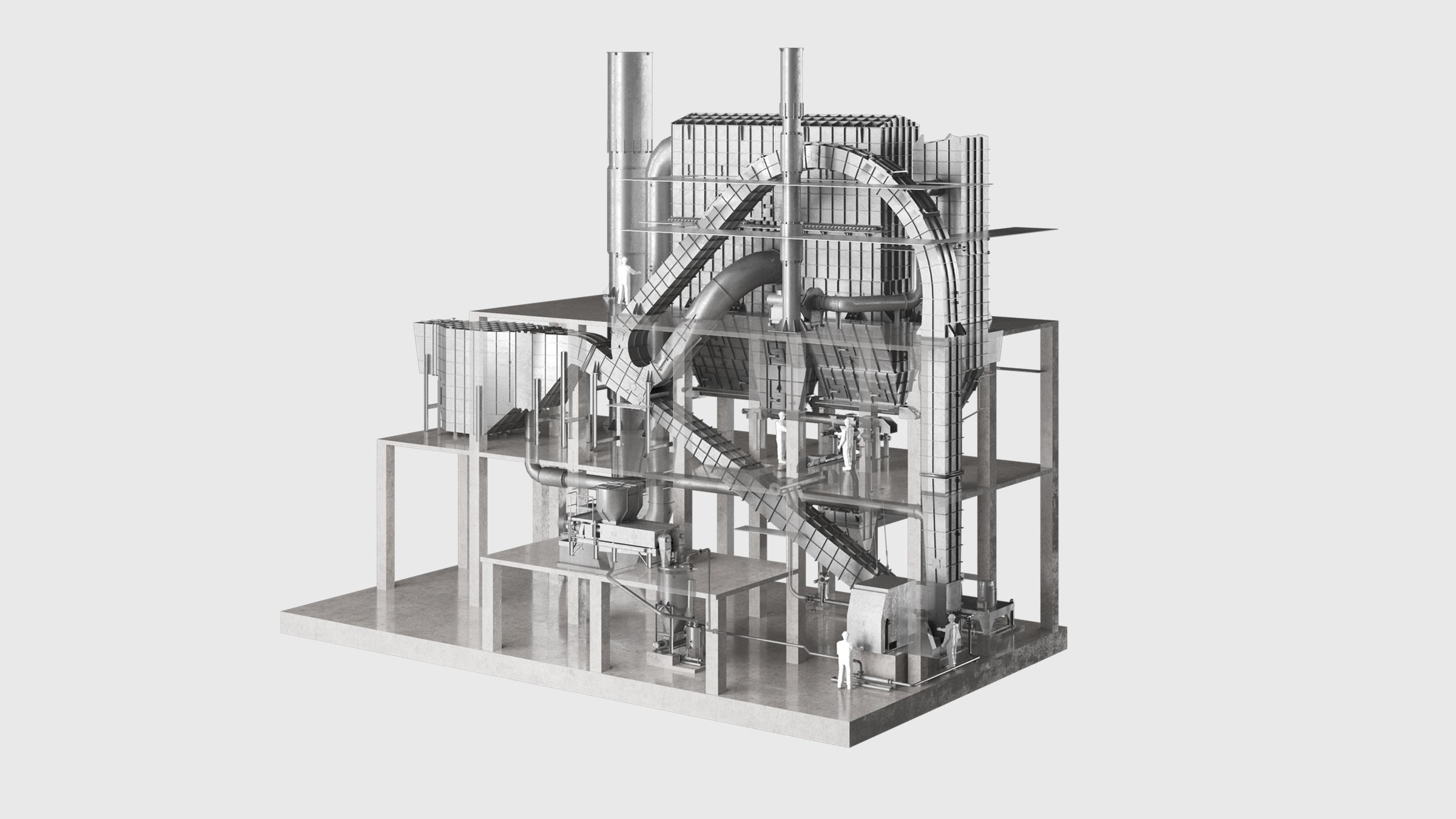
Ring Dryer
Almost any product requiring a powdered product can be dried in a Ring Dryer, which can handle a broad range of feed materials including powders, cakes, granules, flakes, pastes, gels, and slurries in addition to viscous products such as vital wheat gluten (VWG) which utilize a a proprietary feed extrusion system.
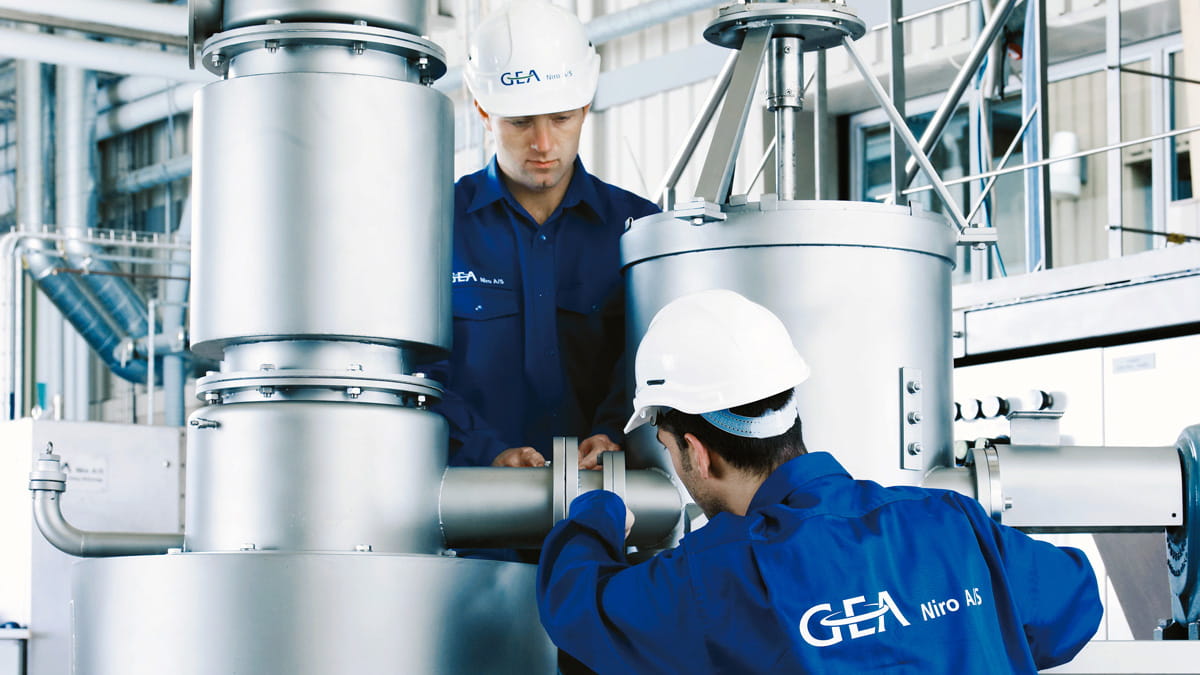
SWIRL FLUIDIZER®
Dry pastes, filter cakes and viscous slurries more cost-effectively with the SWIRL FLUIDIZER®
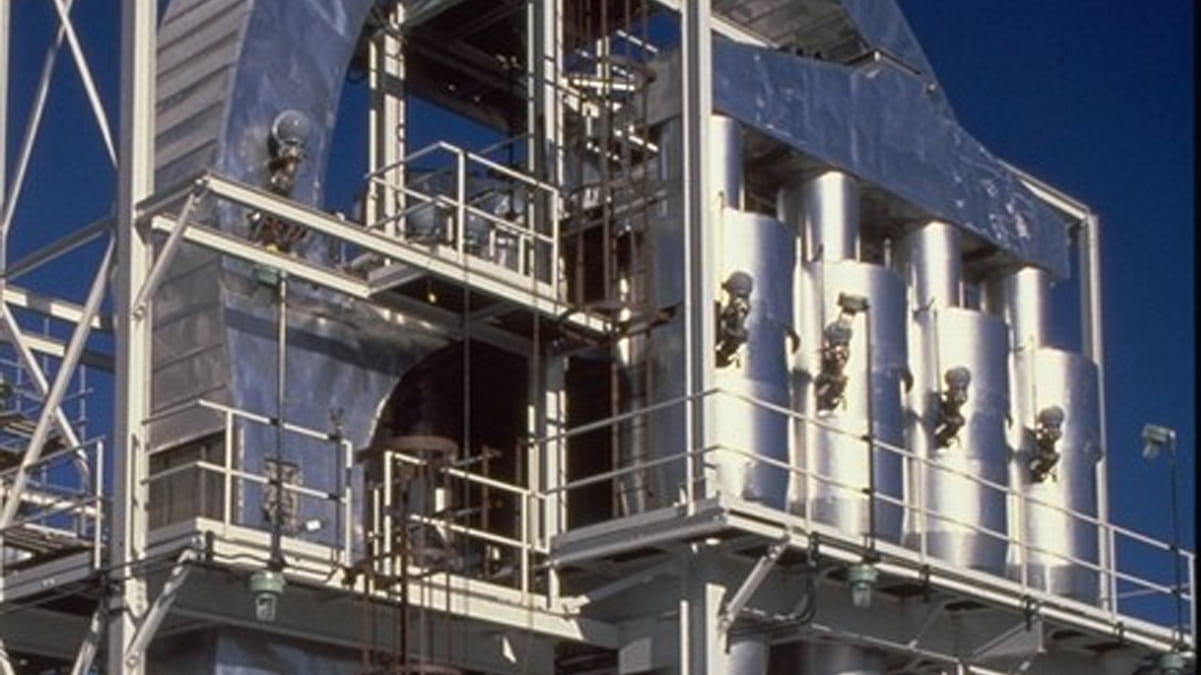
P-Type Ring Dryer
In addition to improving the thermal efficiency of the system, the use of the P-Type manifold in recycling the solids to a cooler section of the system, also minimizes the risk of thermal degradation. As a result the P-Type Ring Dryer is well suited to use with thermally sensitive materials including modified starches and soy fibre.
GEA Insights
Innovating patient care with aseptic spray drying
At GEA, our commitment to engineering for a better world fuels our pursuit of innovative solutions that enhance patient care and safety. One of our most promising ventures in recent years is aseptic spray drying – a technology...
Fermenting change: Three keys to a bright future for brewers
Breweries that become more flexible, sustainable and digital can more easily adapt to the changing beer market.
Separate from the rest
The story of the GEA centrifuge begins in 1893, when Franz Ramesohl and Franz Schmidt began production of their patented mechanical milk separator, paving the way for modern dairy processing. The innovation helped overcome a...
